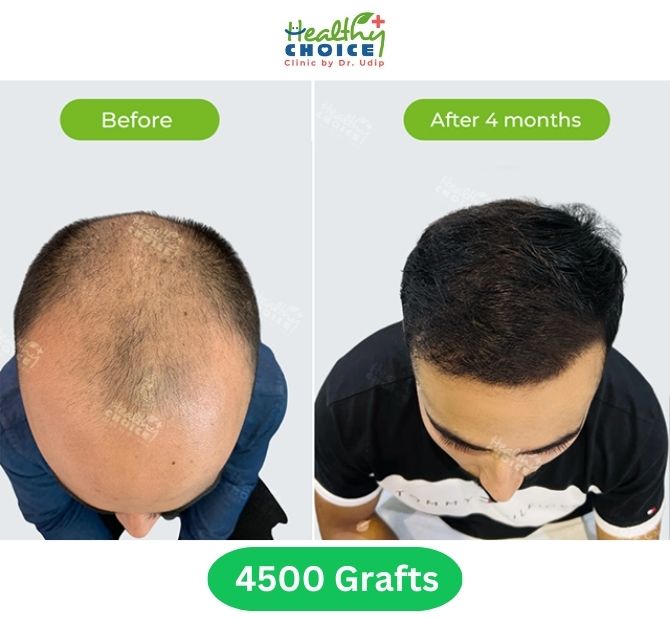DHI

Seeking for best technologies for Hair Transplantation?
Unfortunately, losing your hair can drastically lower your confidence and self-esteem, which will lower your quality of life as a whole. There are now numerous hair transplant treatments, including the DHI hair transplant process, thanks to technological breakthroughs that have completely transformed the hair restoration industry.
In a Nutshell: The DHI Hair Transplant Method Direct Hair Implantation is what it stands for. It’s an advanced method for hair transplantation that entails removing hair follicles from the donor area and implanting them one at a time, without using sutures or incisions, into the recipient area. That is to say, during DHI hair transplantation, the hairs will be implanted using specialized pens known as CHOI pens, which can simultaneously create channels in the skin and implant hair follicles.

How Does DHI Hair Transplantation Operate?
DHI hair transplant uses a specific process that is broken down into six stages:
- Advice and evaluation: Visit a specialist in the first stage to assess the degree of hair loss and decide whether a DHI hair transplant is the best course of action.
- Constructing: The hair transplantation team trims the hair in the donor and recipient areas prior to the procedure. Then, Hairline is created and slits are made by the surgeon. Additionally, local anaesthetic is used to numb the region at both the donor and recipient locations.
- Getting Hair Follicles Out: The donor area, which is often on the back or sides of the head or beard, is where the surgeon extracts the hair follicles using a specific tool called a micro-punch. These hair follicles must be carefully retrieved and conserved because they might not be genetically identical to the hair in the recipient area.
- Hair follicle placement: Then, using a unique pen known as a CHOI pen, which allows for more control and precision, the removed hair follicles are injected one by one into the recipient area. The method is manual, and the surgeon’s technique determines the direction, depth, and dispersion of the hair follicles.
- Grafting: The medical staff makes sure the follicles are securely seated in their new location once they are placed, at which point the implantation is finished.
- Maintenance: The patient is given painkillers to help with any discomfort. The patient is recommended to stay away from the treated area for the first week and to limit their exposure to the sun.
What should be taken into account following the DHI Technique?
The patient should take care of the area where the hair transplant is applied, avoid using hair loss-causing medications unless absolutely necessary, and have their testosterone hormone levels checked regularly after undergoing hair transplant treatment using the DHI technique. Additionally, it’s best to abstain from using dangerous substances like alcohol and cigarettes.
How Does DHI Hair Transplantation Operate?
Benefits of DHI Hair Transplantation The DHI hair transplant method has many benefits over conventional hair restoration methods. These benefits consist of:
- Pinpoint Precision Hair Follicle Implantation: CHOI pens offer greater control and hair follicle implantation with pinpoint accuracy. Denser and fuller hair as a result produces more natural-looking outcomes.
- No Scarring or Stitches: Since DHI hair transplantation does not require an incision, there will be no scarring or stitches.
- Minimally intrusive Procedure: Compared to other hair transplant treatments, this one is less intrusive and usually requires local anaesthetic, making it more comfortable and less painful.
- Quicker Healing: Since DHI hair transplantation doesn’t involve any cuts or sutures, the recovery period is typically quicker. As a result, patients can get back to their regular routines quicker than with alternative techniques.
- High Success Rate: The transplanted hair looks and feels perfectly natural, and DHI hair transplantation boasts a high success rate. Many people may experience anxiety and low self-esteem as a result of hair loss. Fortunately, DHI hair transplant provides a minimally invasive, safe, and efficient way of hair replacement. The procedure is quick, accurate, and has a high success rate, making it a great option for people looking to improve their overall appearance and restore their hairline. A knowledgeable surgeon should be consulted if you are thinking about getting a hair transplant to help you choose the procedure that will work best for you.
What is the duration of the DHI hair transplant procedure?
The amount of hair loss and the quantity of hair follicles to be transplanted are two criteria that affect how long the DHI hair transplantation procedure takes. The DHI process, however, is reasonably quick compared to other hair transplant techniques, and a whole treatment could take 4 to 8 hours.

Who should not receive Hair Transplantation?
The majority of patients find DHI hair transplant to be a safe and effective operation, although certain people might not be good candidates. These are some of the things that could prevent someone from getting a DHI hair transplant:
- Age: DHI hair transplantation is not advised for patients under the age of 18, as the pattern of hair loss may not yet have stabilized.
- Significant hair loss: People who have lost a lot of hair might not have enough donor hair to go through with a DHI hair transplant. Other therapies, such hair transplantation using the FUE technique or SMP, may be more appropriate in such circumstances.
- Health issues: People with certain health issues, such as diabetes, hypertension, and autoimmune disorders, might not be good candidates for a DHI hair transplant.
- Allergies and sensitivities: DHI hair transplant may not be an option for people who are sensitive to local anesthetic, hair follicles, or any other element of the transplant surgery.
- Healing issues: DHI hair transplants may not be appropriate for people who have trouble recovering from surgery, those who have keloid scarring, or those who have issues with wound healing.
- Active scalp infection: Patients who are currently dealing with an active scalp infection may not be eligible for DHI hair transplantation until the infection has been completely treated.

